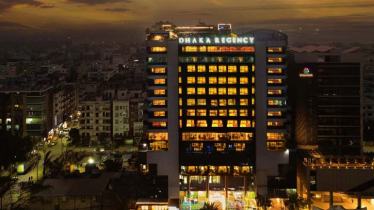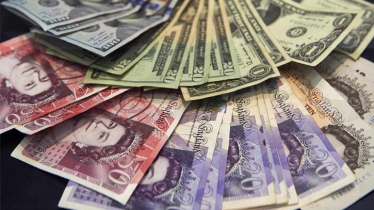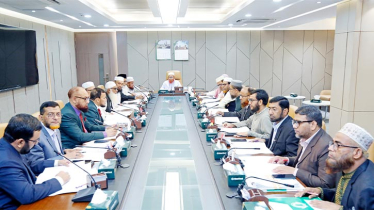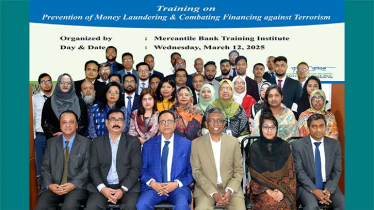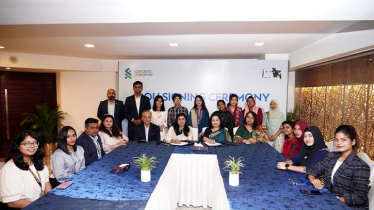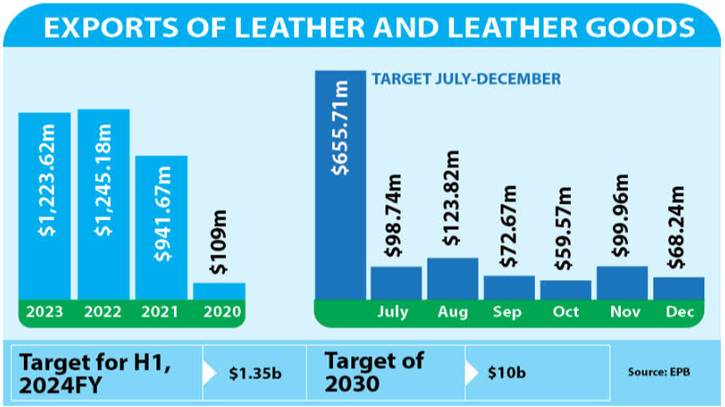
Photo : Messenger
Exports of Bangladesh’s leather and leather goods dropped by 17 percent in H1 as demand for these items decreased in the global market due to high inflation.
According to the Export Promotion Bureau (EPB), exports of leather goods fell to $523 million from $637.29 million (Year-on-Year) in the first half of the current fiscal year.
The sector has set a target of $1.35 billion for leather and leather goods exports in the 2024 fiscal year, with exporters aiming to reach $10 billion by 2030.
“As world markets become unstable, the export of leather and leather goods continues to decline. Moreover, the largest markets in the EU are facing an inflation crisis. This has resulted in a decline in the export of leather and leather goods in adverse economic situations,” Syed Nasim Manzur, Managing Director of Apex Footwear Ltd, told The Daily Messenger.
He also emphasised that the potential sector needs policy support from the government. If the sector receives subsidies, it could experience growth similar to the Ready-Made Garments (RMG) sector. Additionally, Nasim called for a climate fund in the backward linkage sectors.
“We cannot ensure a water treatment plant for all the tanneries. If the government takes steps to provide financial support, the sector will boost the economy,” Belal Hossain, former president of the Leather Goods and Footwear Manufacturers and Exporters Association of Bangladesh (LFMEAB), told The Daily Messenger.
In the last couple of years, 40 percent of the 155 companies have stopped exporting due to complaint issues, according to LFMEAB.
Data reveals that leather and leather goods exports were as follows: July - $98.74 million, August - $123.82 million, September - $72.67 million, October - $59.57 million, November - $99.96 million, December - $68.24 million.
Moreover, there is no policy regarding rawhide collection. The government has yet to provide the required facilities in the newly shifted Savar tannery.
Khondaker Golam Moazzem, the research director of the Centre for Policy Dialogue (CPD), said that as exports continue to experience a regular decline, it will be a challenge for the sector to cope with the economic crisis.
Meanwhile, the export of leather and leather goods reached $1,245.18 million in the 2022 fiscal year, compared to $941.67 million in the 2021 fiscal year and $1,093 million in 2020.
Industry insiders believe that if export growth continues the current trend, it would reach $1.5 billion by the end of the fiscal year. Unfortunately, the industry could not meet this target due to inflation.
Bangladesh has 2 percent of the world’s total livestock population and can meet 1 percent of the world market's leather demand.
The most promising markets for Bangladeshi leather, leather goods, and footwear products include Germany, Italy, France, the Netherlands, Spain, Russia, Brazil, Japan, China, the UK, Singapore, Poland, the US, Canada, and Taiwan, among others.
Previously, exports depended on wet blue leather, which is made by separating the fur from the skin and preserving it with salt. However, if raw leather can be further processed to produce finished goods, it can add up to 90 percent value to leather goods.
Messenger/Fameema



